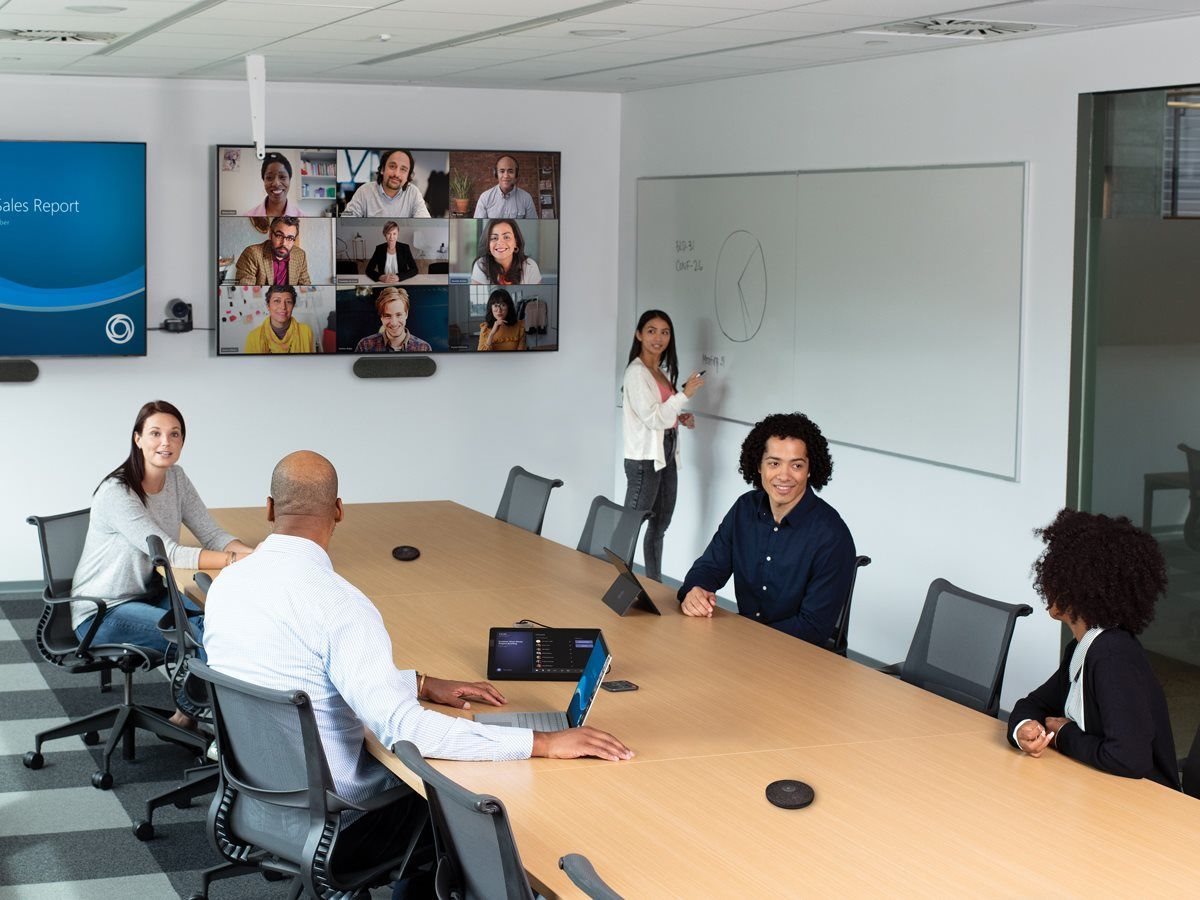Major disruptions continue to shape and impact the way people work. In the past 20 months, we have moved from a remote work paradigm to an increasingly blended hybrid model where people split their time between being in the office and working remotely.

Image: Supplied
The shift has brought with it significant learnings and positive outcomes: it’s clear now that ways of working have changed irreparably, and that hybrid is here to stay – both in terms of the approach to work and the technology needed to accommodate this way of working.
This has implications for business leaders and employees alike, as the crux of this evolving environment is enabling people to focus and add value – from wherever they are, and whenever suits them best.
In fact, Microsoft’s 2021 Work Trend Index found that 58% of employees who plan to spend the most and least time in-office are doing it for the same reason: more focused work. This complexity is what Microsoft calls the Hybrid Work Paradox – and it is characterised by employees craving more in-person time with their team, but wanting to retain the flexibility of remote work.
The main learning from this, is that each person is different and that to make hybrid work a sustainable model, employers will need to embrace extreme flexibility, understand and make room for different working styles and foster a culture of trust and engagement while maximising convenience and performance, well-being and productivity.
Hybrid-first means people-first
Research from the IDC has shown that businesses have largely understood this reality and that by the end of 2023, digital transformation and business volatility will drive approximately 70% of the global 2000 Forbes companies to deploy remote or hybrid-first work models, which will redefine work processes and enable the engagement of diverse talent pools.
In this world, people, places and processes are the key to success, and people – with a focus on the overall employee experience – lie at the centre.
Prioritising the well-being and engagement of each employee is critical. Well-being covers the spectrum from physical, mental, and emotional to financial and it is important for employers to consider all of these aspects as part of the employee experience.
Development and growth is another key element of the employee experience in the hybrid work environment, and is closely tied with knowledge and expertise. Experience garnered over the past 20 months shows that it is essential for employees to have easy access to the tools and resources for learning, training and knowledge discovery to expand their expertise and skillsets.
Employees also prioritise purpose and alignment as part of their experience, and find it important to feel aligned with the purpose of their immediate teams and the organisation as a whole – meaning that leaders and employers need to find ways to facilitate and bring this feeling of alignment and purpose to life.
Culture and communication plays a critical role in enabling purpose and alignment, and employers have had to actively learn how to communicate effectively to keep people engaged and feeling connected to the company’s culture and each other.
The Work Trend Index has shown that the ability to keep employees engaged and connected has a domino effect in creating business value: organisations have been found to be up to 21 times more profitable when their people are highly engaged. People are also 12 times less likely to leave an organisation if they’re engaged.
Pivoting on people priorities through places and processes
The lesson for businesses and leaders is clear. Organisations are going to have to pivot on their people strategies to authentically engage with their people, place the employee experience front and centre, and embrace flexibility to allow people to work in the way that suits them best.
This also means taking into account places and processes. Places have become more important than ever before in a workplace where some people are in the office and some are not.
The Work Trends Index revealed that 66% of business decision makers are considering redesigning physical spaces to better accommodate hybrid work environments, and make them more conducive to strengthening relationships and allowing people to come together to brainstorm, collaborate, and problem solve on equal footing and where everyone has a voice – even if they are not all physically in the same room.
Coupled with the growing need to adapt physical spaces, businesses also need to invest in digitalising traditionally manual processes to ensure continuous work and business continuity. It also means focusing on putting in place the reliable, robust and secure technology platforms that underpin the capability to provide a reimagined employee experience.
This increasingly means investing in intelligent digital workspaces that are supported by AI and machine learning and enable a more efficient flow of work by augmenting process execution, and providing access to the data, digital and physical and social resources that are required to complete work anywhere and at any time.
More and more, it also means using insights from these platforms and tools to understand people’s habits around how and when they work so they can prioritise what they do with their time and ultimately help ensure a better employee experience.
In a world of work that is constantly evolving and transforming, there is no one-size-fits-all approach. However, business leaders need to place their people at the centre of their efforts, listen to how, when and where they want to work and then incorporate that flexibility into their ways of working. At the same time they need to use technology as an enabler to enhance work culture, productivity and well-being to create a better future of work.


































